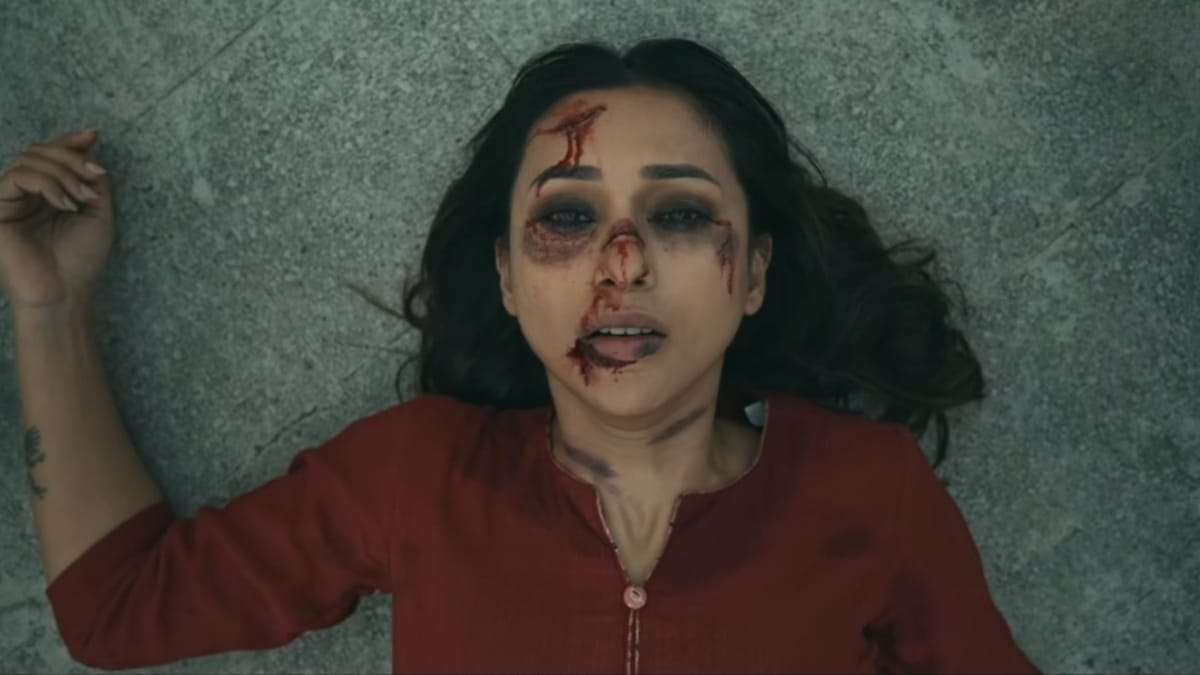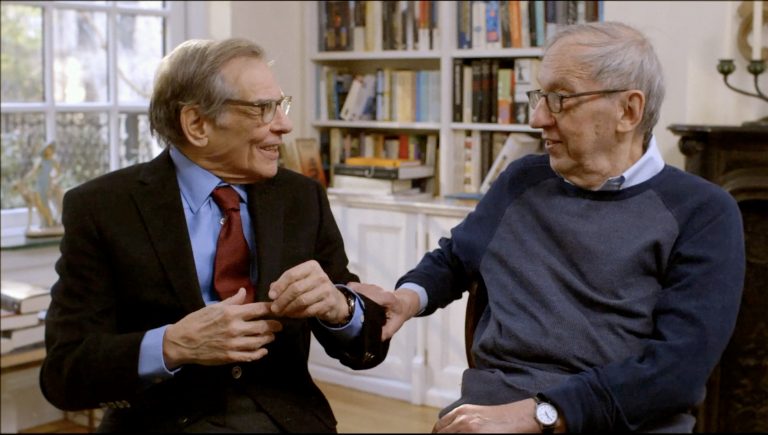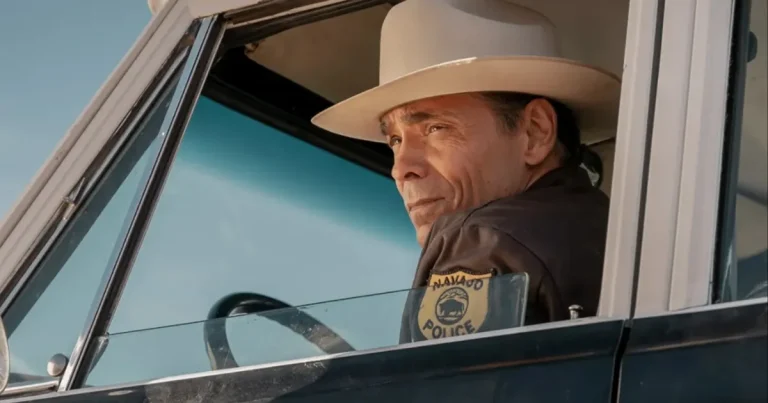Year 2023. A woman in Jharkhand’s West Singbhum district was beaten to death on suspicions of being a witch. Same year in Odisha, a family was attacked in Ganjem district after several deaths in the village. The family was accused of practising witchcraft. Chattisgarh, 2022. A 50-year-old woman was murdered in Bastar after being labeled a witch. Similar cases of witch-hunting were reported from Purulia district in West Bengal in 2020. Despite laws being in place in several states for the prevention of witch hunting, it continues to be a part of the grim reality in rural India.
Dainee (2025), Nirjhar Mitra’s maiden web series for Hoichoi starring Mimi Chakraborty, is a tense survival thriller that sheds light on this horrifying practice. Through the story of two sisters, “Dainee” explores how women—often widows, single mothers, or those who dare to speak up—are branded as witches and brutally executed in several parts of the country even in the 21st century.
With “Dainee,” Nirjhar raises important questions: Who decides who is a witch? How does power manipulate fear? And most importantly, when will we, as a society, stop looking for scapegoats? The series thrives on the bond between two sisters, Pata (Mimi Chakraborty) and Lata (Koushani Mukhopadhyay Zanjeen), who are pitted against an entire village blinded by superstition, and controlled by the ruthless chieftain Bhim Kumar Maheli, aka Jaanguru (Biswajit Das).
When Pata returns to her native village, Khuniabari, after years abroad, she expects a bittersweet reunion. Instead, she arrives just in time to witness Lata being publicly flogged and accused of witchcraft. The first episode ends on a harrowing cliffhanger—Lata, bound and helpless, about to be burned alive. From this moment on, “Dainee” transforms into a nerve-wracking survival drama, with Pata doing everything in her power to save her sister. Taking refuge in the village health centre, the two sisters—along with a handful of allies—find themselves trapped as Jaanguru and his men close in. The locked doors of the clinic become more than just a physical barrier; they symbolize the thin line between life and death, logic and superstition, defiance and submission.
Survival thrillers often run the risk of becoming repetitive, especially when confined to a single location. However, Mirjhar keeps the tension razor-sharp by turning its conflict into a psychological chess match. Pata, outnumbered and outgunned, fights back using intellect and emotional manipulation. She weaponises kindness, appealing to the doctor, the nurses, and even the chieftain’s pregnant sister. Meanwhile, Jaanguru uses his own twisted version of leverage, forcing people to choose between self-preservation and doing what’s right. The back-and-forth of hostage negotiations, betrayals, and shifting alliances ensures that every moment feels unpredictable.

Nirjhar, along with co-writers Shayak Roy and Nilanjan Chakraborty, structures “Dainee” across three interwoven timelines. The present-day siege at the health centre is the main focus, while flashbacks reveal the sisters’ tumultuous childhood under an authoritative father (Sudip Mukherjee) and an ailing mother. These sequences provide crucial context, helping us understand Pata’s resilience and the tragic fate that has befallen Lata. A third timeline—set shortly before the present—depicts Lata’s marriage and how she caught the unwelcome attention of Jaanguru, sealing her fate as the village’s scapegoat. The constant back-and-forth between timelines could have easily disrupted the tension, but Nirjhar’s tight direction ensures they flow seamlessly, adding depth without derailing the momentum.
If “Dainee” works as well as it does, much of the credit goes to the powerhouse performances. Mimi Chakraborty delivers a career-best performance as Pata, a woman thrust into a life-threatening situation with no time to process her fear. She plays Pata not as an action hero but as a real woman—scared yet determined, resourceful yet vulnerable. Every flicker of emotion on her face, from anguish to steely defiance, feels raw and lived-in. On the other side of the locked clinic doors is Jaanguru, one of the most unsettling antagonists in recent Bengali content. Biswajit Das’s performance is a masterclass in quiet menace. He doesn’t need to shout or resort to theatrics—his soft-spoken threats and slow, deliberate smirks do all the work. Every time he appears on screen, you brace yourself for the worst.
The supporting cast, including Koushani Mukhopadhyay as Lata and Shayak Roy as the doctor, add depth to the narrative, making every character feel essential to the story. Turja Ghosh’s cinematography is more than just visually striking—it’s immersive. The camera doesn’t simply document the events; it becomes a participant in the nightmare. The use of dimly lit interiors, flickering torches, and tight close-ups amplifies the claustrophobia of the health centre. Meanwhile, Subhajit Singha’s editing lets the tension simmer, making sure that each moment lingers just long enough before cutting away at the perfect time.
Mainak Mazoomdar’s background score never overpowers but lingers in the shadows, heightening the dread. The sound design plays a crucial role in “Dainee”—the distant chants of the villagers, the rustling of leaves, the sharp crack of a whip—all of it contributes to the oppressive atmosphere.






![Cowboy Bebop [2021] Netflix Review: A decent Adaptation of a seminal anime anchored by strong lead performances](https://79468c92.delivery.rocketcdn.me/wp-content/uploads/2021/11/Cowboy-Bebop-768x512.jpg)